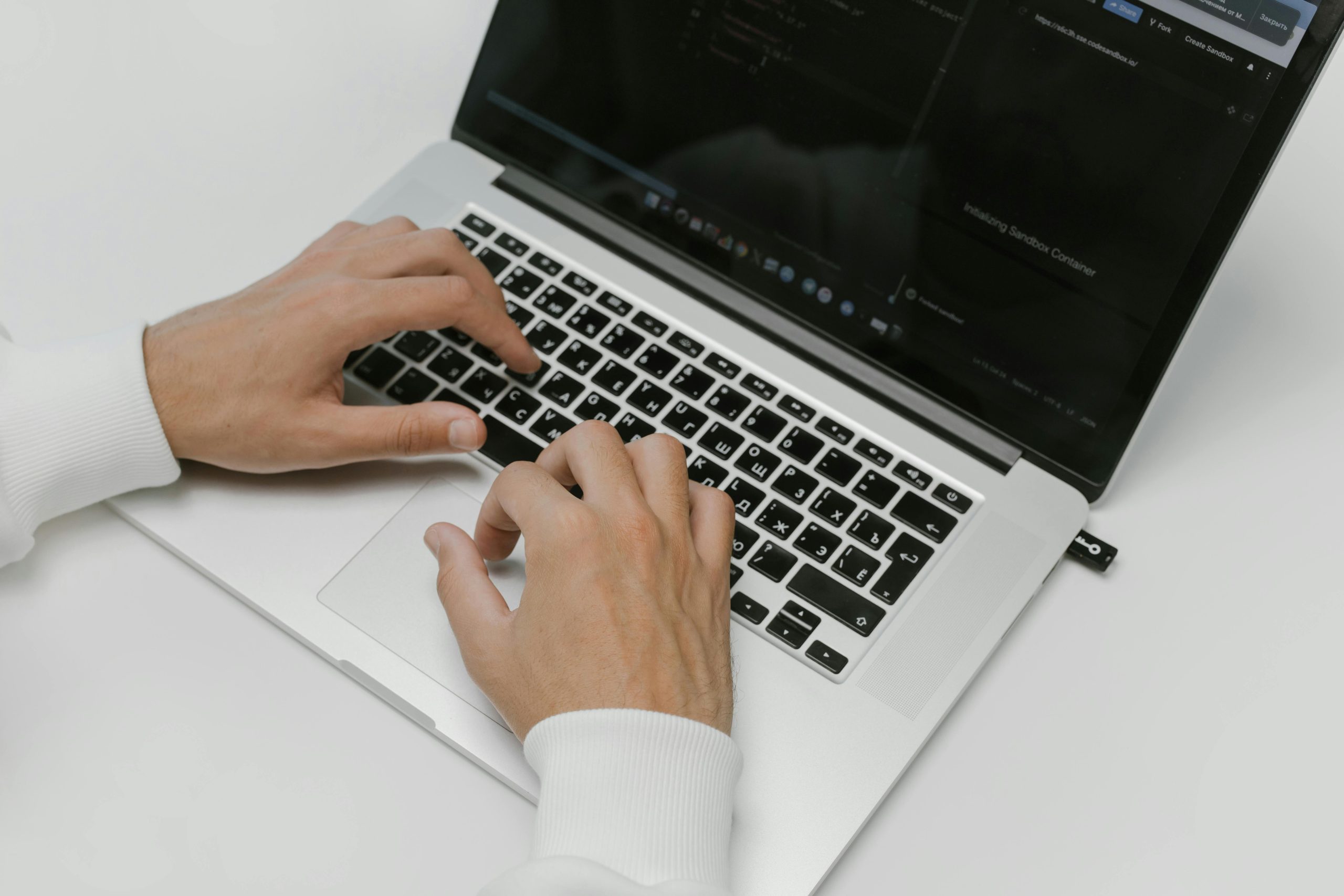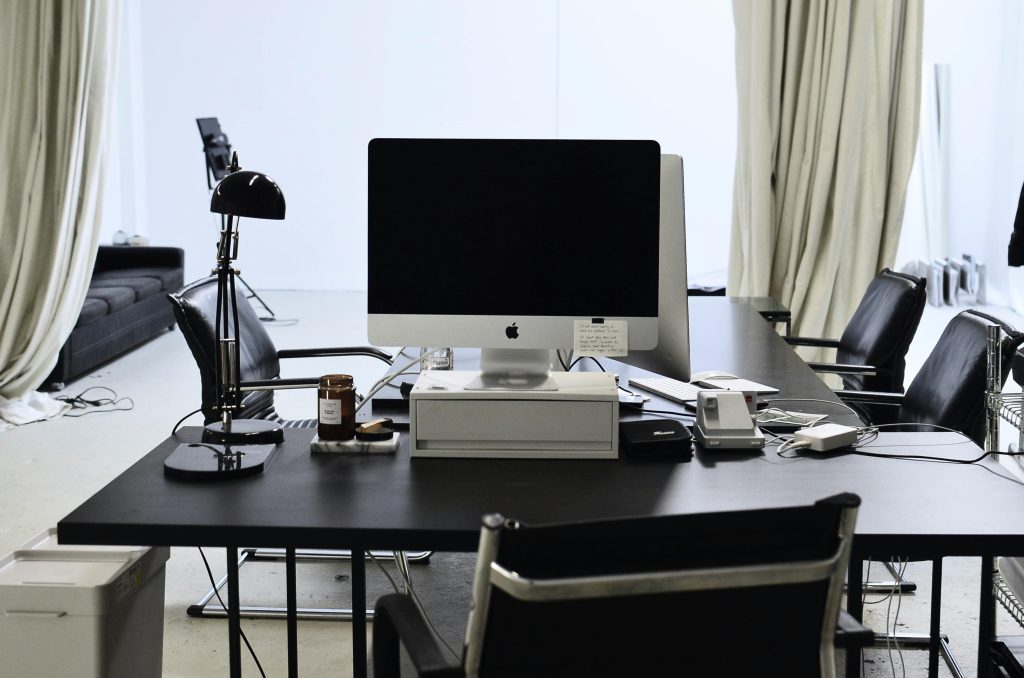Understanding Multiple BitLocker Recovery Prompts: What You Need to Know
In today’s digital landscape, data security is paramount. Many users rely on encryption tools like Microsoft BitLocker to safeguard their sensitive information. However, encountering repeated requests for a BitLocker recovery key can be perplexing and concerning. If you’ve experienced this issue, you’re not alone—here’s what you need to understand and how to address it.
What Is BitLocker and Why Is It Asking for a Recovery Key?
BitLocker is a built-in encryption feature in Windows that protects data by encrypting the entire drive. When the system detects potential security risks—such as hardware changes, firmware updates, or unusual system behavior—it may prompt for the recovery key to verify the user’s identity and ensure data integrity.
Common Scenarios Triggering Recovery Mode
- Hardware Changes: Connecting or disconnecting hardware components like a new USB device or peripherals.
- System Updates: Firmware or BIOS updates can sometimes trigger the recovery prompt.
- Power State Transitions: Abrupt shutdowns, sleep mode, or hibernate features might cause the system to require recovery verification.
- Unusual Log-In Activity: Multiple failed login attempts or suspicious activity can also prompt recovery mode.
Your Experience: Repeated Recovery Requests
In your case:
- The first incident involved your laptop being left unattended on a table, closed, and on sleep mode inside your bag.
- The second occurred when the device was similarly unattended but possibly under slightly different circumstances.
While these situations seem benign, they may sometimes trigger BitLocker prompts due to perceived anomalies or hardware state changes.
Should You Be Concerned? Is This Serious?
Repeated requests for the recovery key can be alarming, but they do not necessarily indicate a serious issue. Common causes include:
- Slight variations in system state or hardware configuration.
- External factors affecting hardware integrity.
- Software or firmware updates.
However, persistent or unexplained prompts warrant further investigation to rule out potential security threats or hardware issues.
Best Practices When Facing Multiple Recovery Prompts
- Verify the Environment: Ensure that no unauthorized hardware or software changes are occurring.
- Update Drivers and BIOS: Keep your system firmware and drivers up-to-date to minimize false triggers.
- Check for System Integrity: Run system diagnostics to identify potential hardware issues.
- Secure Your Recovery Keys: Store backup copies securely—preferably in a Microsoft account or a trusted password manager.
- **Monitor for
Share this content:



